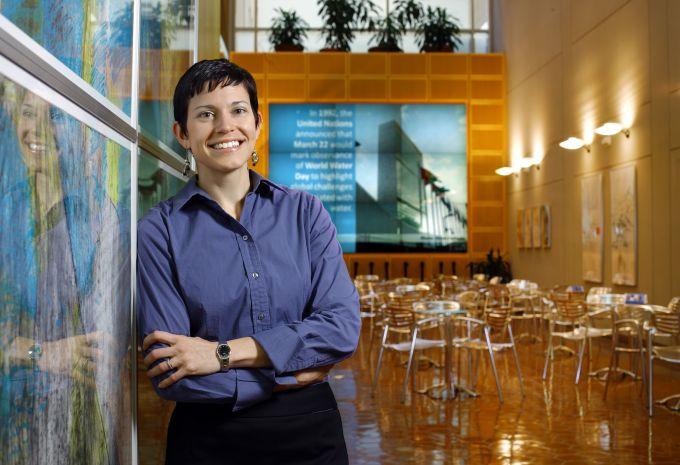Abstract:
As our understanding of the human body and how it interacts with the world deepens, the need for knowledgeable individuals to teach the next cohorts of scientists and healthcare professionals continues to expand.
The U.S. higher education system is diverse. There are public and private institutions, ranging from small to large, in urban, suburban, and rural locations. Some are secular, and some have a religious affiliation. Each has an individual mission to disseminate knowledge.
As our understanding of the human body and how it interacts with the world deepens, the need for knowledgeable individuals to teach the next cohorts of scientists and health care professionals continues to expand.
THE ROLE OF NONCLINICAL PHYSICIANS
A doctorate degree of any type is a suitable background for many higher education teaching positions. Extensive training in biology and medical science makes physicians particularly suited for teaching at medical schools, schools of public health, and health sciences schools. Programs in nursing, physician assisting, and pharmacy also rely on physicians to teach complex subjects related to medicine.
Employers
College
Public or private university
JOB SUMMARY—TEACHING FACULTY
Similar Job Titles
Adjunct Faculty
Assistant, Associate, or full Professor
Instructor
Lecturer
University teaching faculty are responsible for fostering the knowledge and skills necessary for students’ success in both their degree programs and professional practice. This primarily involves planning and delivering course content to students through lectures, small group sessions, labs, and online.
Teaching faculty develop and review assignments and assessments to evaluate student knowledge. They provide feedback and support through holding office hours or answering questions asynchronously via online learning platforms. They work with teaching assistants and instructors to coordinate learning activities for courses.
In addition to teaching courses, teaching faculty dedicate a portion of their time to departmental-level duties and mentoring individual students. They may participate in recruiting activities, advise students, supervise student projects, and establish community partnerships for experiential learning opportunities.
Tenure-track faculty have more responsibility for service to the institution than instructors who are not vying for tenure. They may also be expected to participate in research or other scholarly activities.
Example Responsibilities
Teach courses in one or more subject areas
Work collaboratively with faculty to ensure consistency and alignment between courses
Evaluate, grade, and give feedback to students
Seek and secure opportunities for grants, collaborative projects, and interprofessional activities
QUALIFICATIONS
Medical school faculty generally are required to hold a doctorate. Depending on the discipline, a medical degree may be required or preferred over a PhD. Faculty in other types of higher education, such as ancillary health programs, may instead hold the degree awarded by the program, a master’s degree, or other credential.
Academic appointments without clinical responsibilities rarely require an active medical license.
Faculty candidates are expected to have demonstrated interest in teaching and often are asked to share a pedagogical statement or teaching philosophy.
COMPENSATION
Teaching faculty rank and salary depend on qualifications and experience. Universities have established parameters on the necessary criteria for appointment to each academic rank within their faculty system.
Salary for academic teaching positions does not compete with that of clinical faculty. Nonetheless, several nonmonetary advantages can make a teaching career attractive. “University professor” was rated as one of the ten least stressful jobs by a 2018 CareerCast study. Teaching faculty have considerable flexibility in their day-to-day schedules and often receive generous time off in alignment with the school’s academic calendar.
Excerpted from 50 Nonclinical Careers for Physicians: Fulfilling, Meaningful, and Lucrative Alternatives to Direct Patient Care by Sylvie Stacy, MD, MPH.
Topics
Self-Awareness
Influence
Environmental Influences
Related
To Develop Your Career, Remember to Build Your CASE! Life’s Lessons From the Baseball DiamondLife Imitates ArtRecommended Reading
Strategy and Innovation
To Develop Your Career, Remember to Build Your CASE!
Strategy and Innovation
Life’s Lessons From the Baseball Diamond
Self-Management
Life Imitates Art
Self-Management
Doctoring Differently with Dr. Naomi Lawrence-Reid
Professional Capabilities
Championing Physician Leadership Development: AAPL's Five-Decade Commitment Meets Healthcare's Critical Moment
Professional Capabilities
“Profiles in Success”: Certified Physician Executives Share the Value and ROI of their CPE Education


